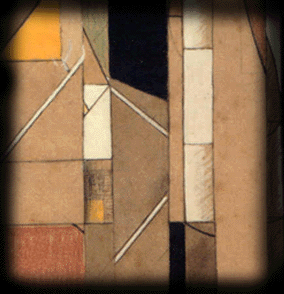|
Welcome
to
Professor Holdener's Webpage for Math 222 - Foundations Meeting Times: MWF 9:10-10:00 Classroom: Hayes 203 |
"A
good notation has a subtlety and suggestiveness which at times make it
almost seem like a live teacher."
- Bertrand Russell [in J. R. Newman (ed.) The World of Mathematics,
New York: Simon and Schuster, 1956]
Walk-in Tutoring with Margo: 8-10pm on Sunday and Thursday evenings
Course Administration . . .
Course Syllabus . . .
The intersection
of A with B complement is empty iff
A is a subset of B
(forward direction only by Glynis and Sarah Schumacher)
If only null is in A and outside of B
Then A is a subset of B, you see.
To prove this, let's take an x and some U
And within this set U, an A and B, too.
Since x is an element of set A
Then x, the B complement cannot display.
B complement's complement is equal to B
Which secures x's presence in B, we agree.
x is an arbitrary element of A
So each x is also in B, we can say.
Thus A is in B by subset defined
The next half's for you, if you are so inclined.
The intersection
of A with B complement
is empty iff A is a subset
of B
(backward direction by Lila Greco)
Let’s start with a U, in it A and B,
With A a subset of B, we agree.
Take x, any element of set A,
Then x is also in B, we can say.
We know B’s complement does not contain
Any element set B does retain.
Thus x is not in B, but is in A,
And the intersection, we can now say,
Of A with the complement of set B,
Must be the null set, for it is empty.
Now we have proved the two implications,
Thanks to our knowledge learned in foundations.




